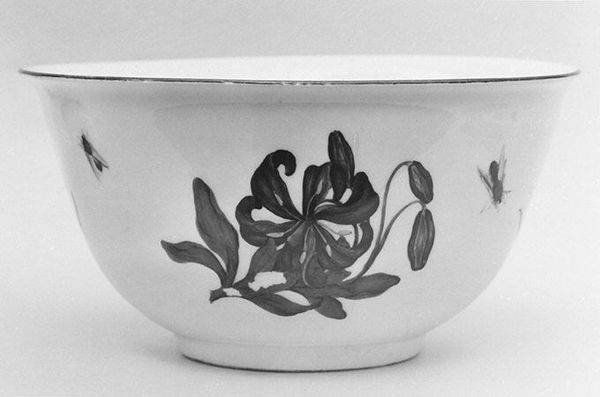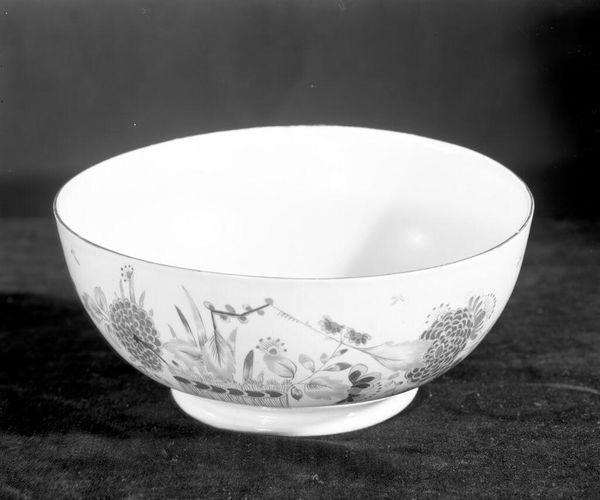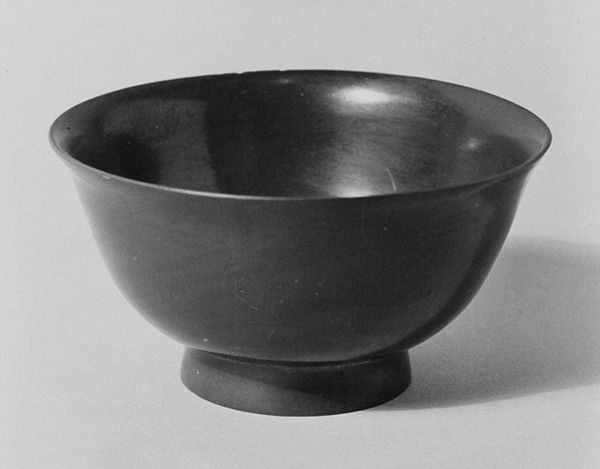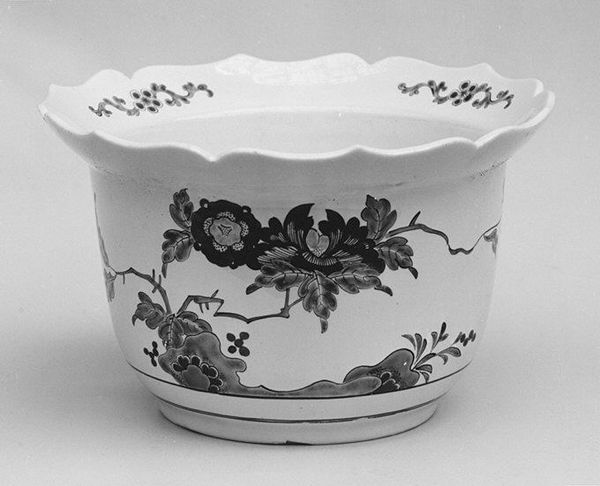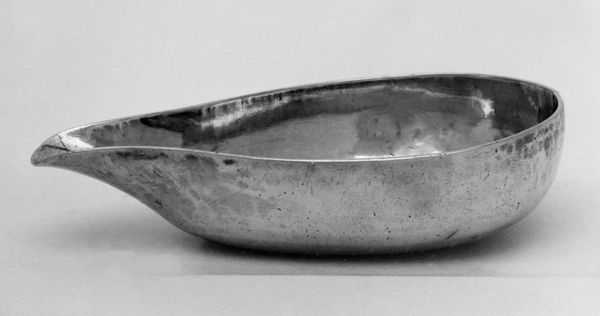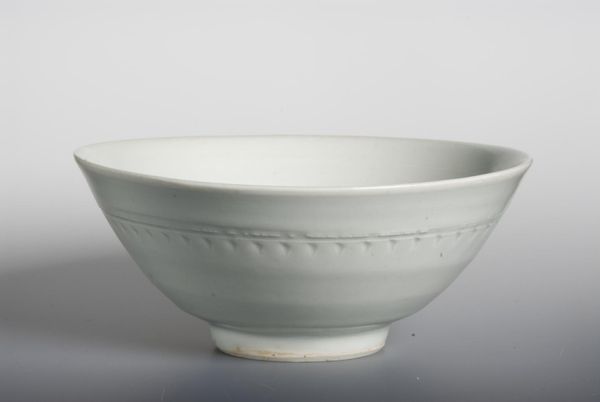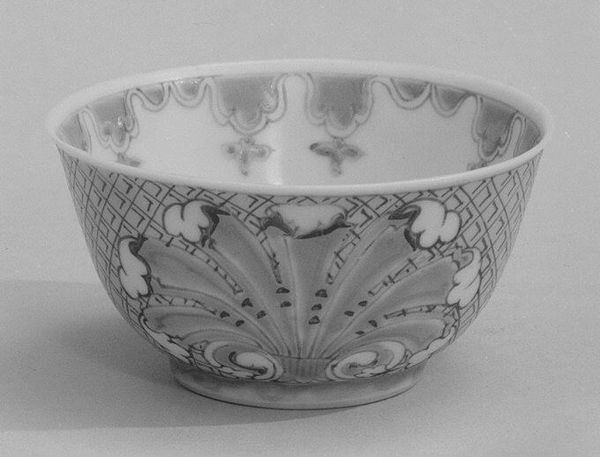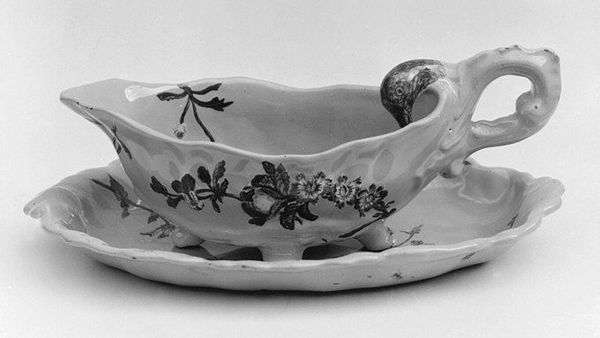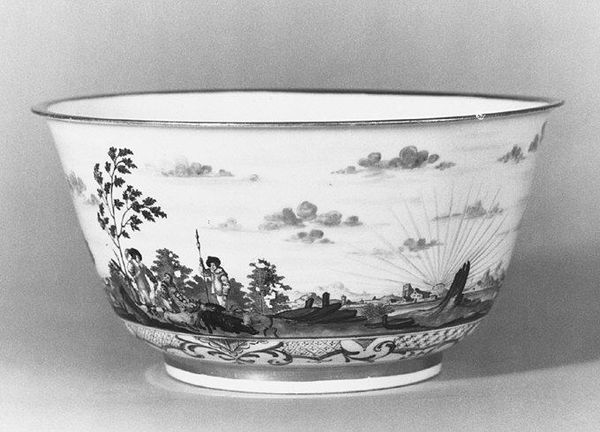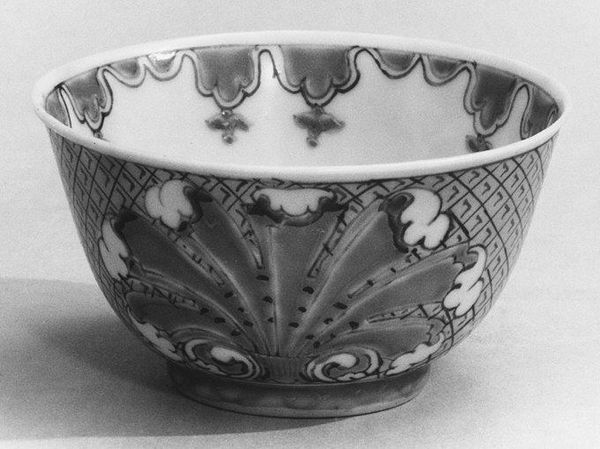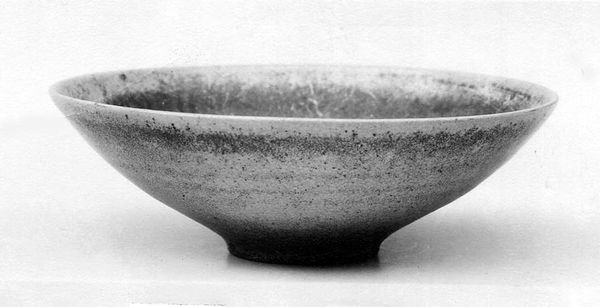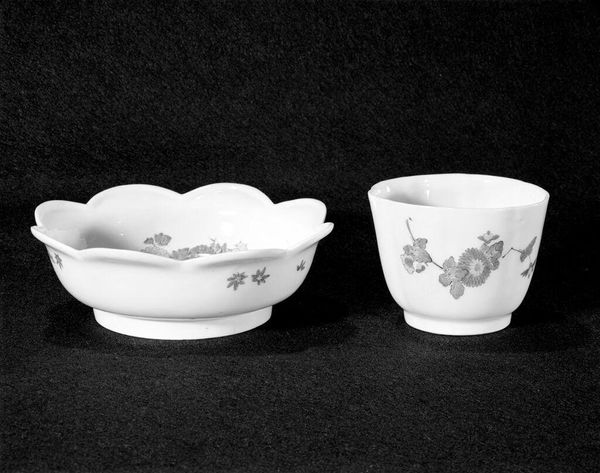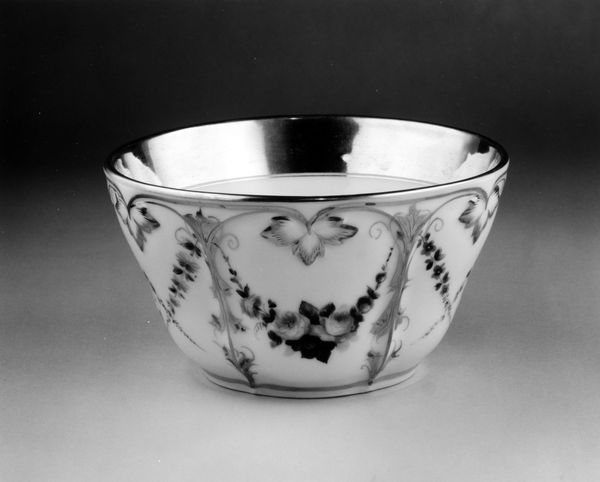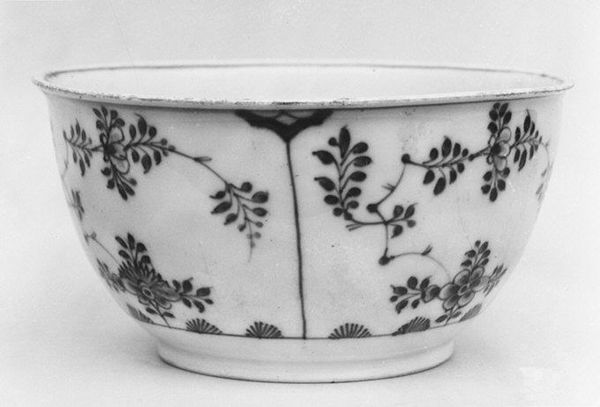
ceramic, porcelain, sculpture
#
ceramic
#
porcelain
#
sculpture
Dimensions: Diam. 12 1/4 in. (31.1 cm.)
Copyright: Public Domain
Editor: So, this delicate piece is called "Basin," dating from 1805 to 1825. It's crafted from ceramic and porcelain. The overall impression is quite minimalist. How do you interpret this kind of understated design, given the period? Curator: That’s a good observation. Porcelain, especially, carried a lot of social weight in the early 19th century. The rise of porcelain production mirrored, and was deeply influenced by, colonial trade routes. European powers imported kaolin clay and manufacturing techniques from East Asia. This bowl is a product of that dynamic and its restrained decoration probably speaks to shifting tastes toward neoclassicism. Editor: So, a kind of tension then – global exchange enabling this delicate bowl, but also stylistic restraint. Does that suggest anything about its intended audience or use? Curator: It could. Fine porcelain signified wealth and refinement, marking one’s participation in a global, elite culture. Consider how the design rejects overt displays of wealth. Who benefits when such imagery is curated and placed on display in the Met? Editor: So the very act of displaying it highlights a complicated web of historical forces… Curator: Precisely. What looks simple carries immense historical baggage. It forces us to look beyond the immediate object and to the larger societal context that gives it meaning. Editor: I hadn’t thought about it that way. It's not just about beauty but also about the economics and politics that made its creation and its display possible. Thank you.
Comments
No comments
Be the first to comment and join the conversation on the ultimate creative platform.
